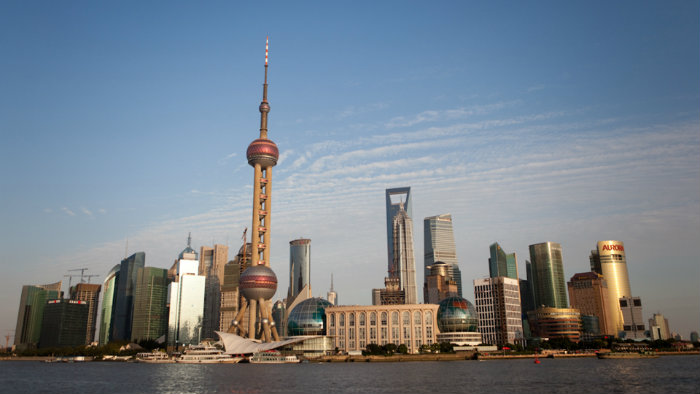The strict firewalls surrounding China’s Internet access may be slowly coming down, albeit in a small section of Shanghai.
As reported by the South China Morning Post, Chinese officials have agreed to lift the firewalls on websites considered politically sensitive by the Chinese government, including social networking sites Facebook and Twitter as well as the online site for The New York Times, in the Shanghai Free Trade Zone.
The lift will only be in a 28.78 square-kilometer (11 square-mile) area intended to let foreign businesses work within the country, which includes the Waigaoqiao duty-free zone, Yangshan deepwater port, and the international airport area.
As it is commonly known, the current Communist Party in China actively censors the Web. Facebook and Twitter have been blocked since 2009 following violent riots in the province of Xinjiang; the government claims the hostility was encouraged on the popular social media platforms. The New York Times has been inaccessible since its report last year on then-Premier Wen Jiabao.
But why allow the access now when the country – which boasts a total of almost 600 million Web users – has its own, very strong social media platforms (not to mention the use of VPN and proxy servers to access banned sites)? Weibo, a Twitter equivalent, has more than 500 million registered users, two times as many as its U.S.-based counterpart. Renren, a Facebook-like site, has 147 million users and 37 million active users per month.
According to the Hong Kong newspaper’s report, the move is for economic reasons. One source stated, “In order to welcome foreign companies to invest and to let foreigners live and work happily in the free-trade zone, we must think about how we can make them feel like at home. If they can’t get onto Facebook or read The New York Times, they may naturally wonder how special the free-trade zone is compared with the rest of China.”
Set to open at the end of the month, the Shanghai FTZ may expand to include more of the Pudong region, if it proves to be successful.








